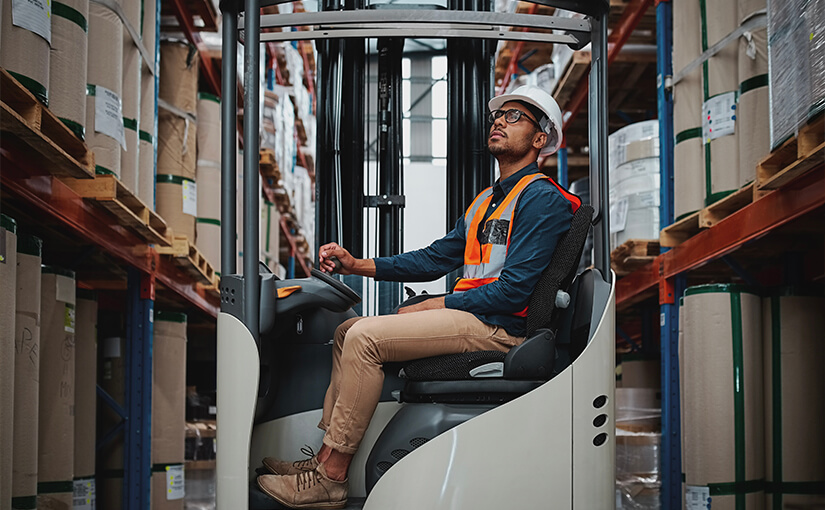The massive rapid increase in mining jobs over the past decade has led to a big increase in skilled machinery operators.
Now as the construction of the mining infrastructure is slowing down, this skilled workforce is coming back down to the big cities, looking to utilise their new skills and many are looking to buy machinery to establish themselves as owner operators.
One option is to buy substantially cheaper secondhand machinery from Asia, but the Australian Quarantine Inspection Service (AQIS) and customs brokers have long issued warnings to ensure importers don’t get hit with huge cleaning bills when the machines arrive in Australia.
The secondhand equipment is relatively easy to find – it’s simply a case of searching the many websites offering the equipment for sale. These show images and have descriptions of the equipment and the prices offered. You can also attend auctions in Asia, with Japan and Singapore as popular auction centres.
Below are outlined the substantial problems that could occur, but many individuals and companies have very successfully gone through the secondhand acquisition process because they did their homework first. So here is some of the homework you need to do:
First you need to organise you finance, so you will need to talk to equipment finance lending companies and they will discuss what security you will require and whether funding new equipment is an easier option.
You also need to consider the advice of the Construction & Mining Equipment Industry Group (CMEIG), a not-for-profit peak industry body, which says Australia imports significant numbers of used machines for earthmoving, construction and mining, but it is concerned about the threat to Australia’s environment because the complex workings of the machinery can trap plants and soil.
Over the past decade the organisation has joined with AQIS to warn importers, especially sole operators, of the dangers and the costs they could face when the machinery lands in Australia.
It might mean the machinery is banned from entry or that you will face cleaning costs of $4000 or more. It could include dismantling part or much of the machinery if contamination is detected, and all the costs will fall on you, the importer. This is quite likely to occur if you have no evidence that the dismantling has already occurred offshore.
The required import permit is only issued to an importer if they can prove that all necessary parts were cleaned.
The suggestion is that you get photos and the paperwork to prove that the machinery was in fact dismantled where necessary and thoroughly cleaned before it was boarded on the vessel heading for Australia.
The CMEIG says the most common problem is what they call soil splash, which coats the machines as they are being loaded, so it is suggested the importer or an agent be on site if possible when the equipment is being loaded.
The industry body also says many machines have been rejected, leaving the importer with the problem of disposing of the equipment in another port.
You can check out the Department of Agriculture, Fisheries and Forestry (DAFF) website for specific requirements and cleaning guides:
http://www.daff.gov.au/biosecurity/import/vehicles-machinery/regulations
To apply for an import go to:
http://www.daff.gov.au/biosecurity/import/application/forms/agricultural-products
This allows you to lodge your import application electronically. However, for a relatively small fee, you can engage an import broker who has experience in this field and save yourself many headaches and dollars in the process.
Anecdotal evidence suggests that, should you make the decision to import used machinery, and set up your own business, you’ll also need to make the mental and practical jump into marketing your business, as it doesn’t take long to use up the leads you receive from you mates and former colleagues!
For this you might consider engaging a mentor. There are many low cost and voluntary business mentors now operating in Australia, the most comprehensive being the small business mentors services: www.sbms.org.au/ in Victoria and New South Wales, which will cost about $400 for a year with a retired or semi-retired business person who can take you through the steps to run a successful business.
